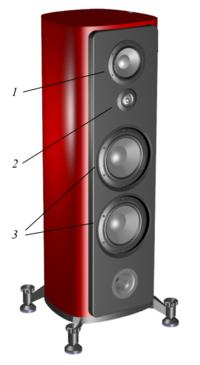
Photo from wikipedia
The simulation of rare edge cases such as adverse weather conditions is the enabler for the deployment of the next generation of autonomous drones and vehicles into conditions where human… Click to show full abstract
The simulation of rare edge cases such as adverse weather conditions is the enabler for the deployment of the next generation of autonomous drones and vehicles into conditions where human operation is error-prone. Therefore, such settings must be simulated as accurately as possible and be computationally efficient, so to allow the training of deep learning algorithms for scene understanding, which require large-scale datasets disallowing extensive Monte Carlo simulations. One computationally-expensive step is the simulation of light sources in scattering media, which can be tackled by the radiative transfer equation and approximated by analytical solutions in the following. Traditionally, a single scattering event is assumed for fog rendering, since it is the dominant effect for relatively low scattering media. This assumption allows us to present an improved solution to calculate the so called air-light integral that can be evaluated fast and robustly for an isotropic point source in homogeneous media. Additionally, the solution is extended for a cone-shaped source and implemented in a computer vision rendering pipeline fulfilling computational restrictions for deep learning uses. All solutions can handle arbitrary azimuthally symmetric phase functions and were tested with the Henyey-Greenstein phase function and an advection fog phase function calculated from a particle distribution using Mie's theory. The used approximations are validated through extensive Monte Carlo simulations and the solutions are used to augment good weather images towards inclement conditions with focus on visible light sources, so to provide additional data in such hard-to-collect settings.
Journal Title: Optics express
Year Published: 2022
Link to full text (if available)
Share on Social Media: Sign Up to like & get
recommendations!